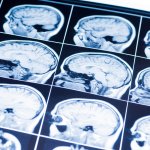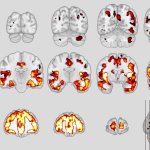
News • Parallel near-infrared interferometric spectroscopy
Brain blood flow monitoring: πNIRS for neuro-diagnostics
Monitoring the proper blood supply to the brain could be used to prevent or even treat neurological diseases. A new technique called πNIRS aims to do just that.


























